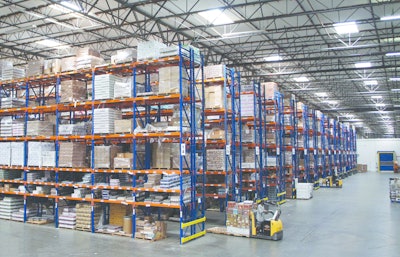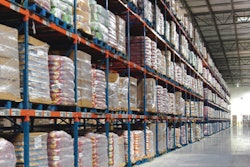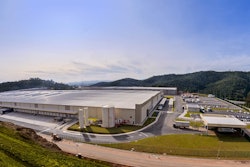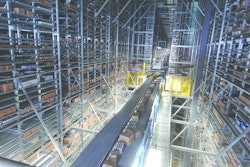
The rapid growth of online sales in the U.S. is pushing up demand, and prices, for the warehouses needed to get goods delivered to consumers faster, according to The Wall Street Journal.
Rental rates for prime warehouse space in the U.S. jumped 9.9 percent in 2015 over the previous year, real-estate brokerage firm CBRE Inc. said in a new report, as retailers and distribution companies snapped up scarce facilities near import gateways and population centers.
The growth in the U.S. far outpaced the 2.8 percent increase in industrial leasing rates that CBRE measured around the world, and six American markets were among the nine markets worldwide with the strongest growth in rents. The top rental rates in Oakland, with its scarce space and ready access to San Francisco Bay-area consumers, were by far the fastest-growing in the world, soaring 29.8 percent year-over-year, nearly twice the rate of prices in the Northern New Jersey region, another hot market.
David Egan, CBRE’s head of industrial and logistics research for the Americas, said construction of new sites is lagging behind demand in new markets. CBRE expects the gap to continue this year and that rental rates in the top markets will rise six percent.
The growth is all about e-commerce, which Mr. Egan said is fueling high demand for industrial sites closer to population centers.
To read more, click here.
Editor's Insight: E-commerce could prove to be the biggest challenge the food industry has ever faced. The food industry has lagged other industries in investing in e-commerce because low margins on food make e-commerce much less profitable than other product categories. But consumers today are looking to buy everything online and have it delivered to their home or a convenient pickup location.
The need for more warehouses is just one aspect of e-commerce that requires more investment. Another area is the need for more warehouse automation. Product fulfillment for e-commerce is far more labor intensive and complex. E-commerce orders are largely single orders, so warehouses can’t rely on the economic wave picking system.
There are many food companies that have done a good job with e-commerce. One of the largest companies to succeed in this area is FreshDirect, which delivers fresh, high-quality food from farm to the customer’s door in a matter of days – profitably.
E-commerce will separate the winners from the losers. 5-17-16 By Elliot Maras


















